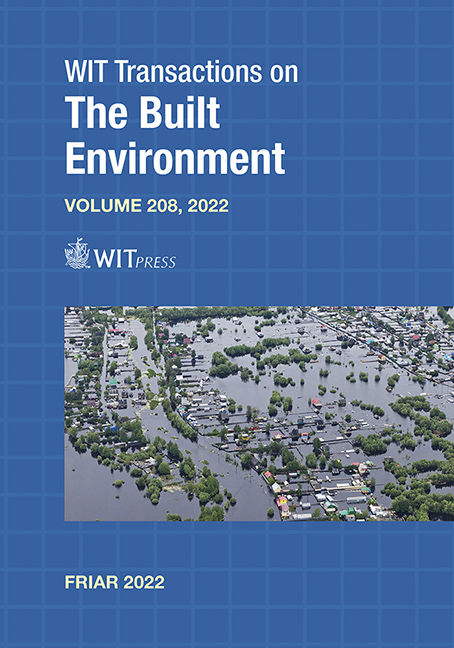WATER DEMAND SCALING LAWS AND SELF-SIMILARITY PROPERTIES OF WATER DISTRIBUTION NETWORKS
Price
Free (open access)
Transaction
Volume
208
Pages
12
Page Range
107 - 118
Published
2022
Paper DOI
10.2495/FRIAR220091
Copyright
Author(s)
MANUELA MORETTI, ROBERTO GUERCIO, ROBERTO MAGINI
Abstract
The design of water distribution networks (WDNs) usually considers deterministic values of nodal water demand, calculated by multiplying the average water demand by an appropriate demand factor, which is the same for all nodes. Obviously, changes in the demand factor produce different, yet perfectly correlated, demand scenarios. Today’s large availability of high-frequency water consumption monitoring allows describing water demand in statistical terms. The traditional deterministic approach, characterized by a perfect correlation between nodal demands, leads to an analytical dependency between the hydraulic heads in each of the nodes and the total flow entering the network. On the other hand, if we consider that the nodal demand is described by marginal probability distributions, differently correlated with each other, this result is still valid, but only for the mean. In this work, several scenarios have been generated through stratified random sampling (Latin hypercube sampling). The nodal water demand is described by Gamma probability distributions whose parameters are related to the type and number of users according to suitable scaling laws, derived from historical data sets. The results were obtained considering different types of users and different network topologies and highlighted the possibility of evaluating the mean function of the nodal hydraulic head vs the total entering flow based on the direct acyclic graph (DAG) of the network. Moreover, the dispersion of the data around the mean function was found to be dependent on the properties of the network: dimension and topological structure.
Keywords
scaling laws, water demand scenarios, self-similarity





